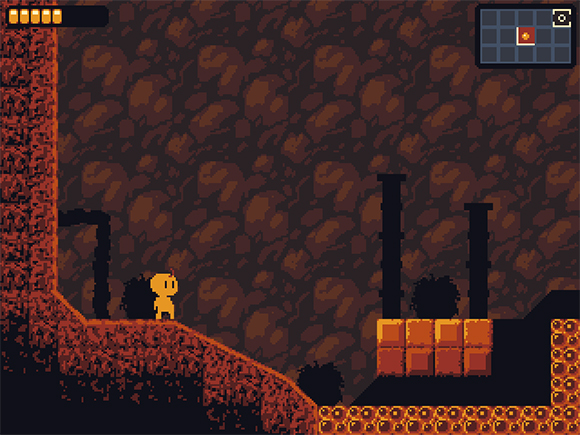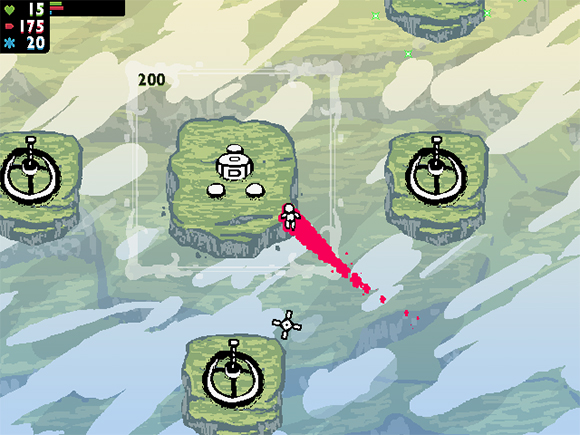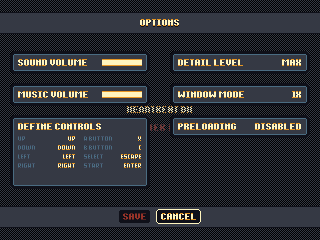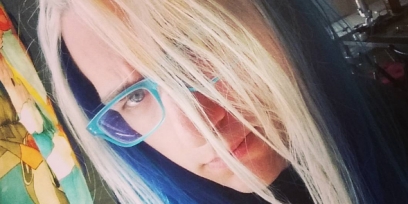Some Shader Resources
As I've been messing around with C# and SFML, one of the major benefits is the support for shaders! I've been crawling the internet trying to find examples of shaders, but for awhile all I could find were types like this that created entire images, or produced super elaborate effects that I wasn't really interested in.
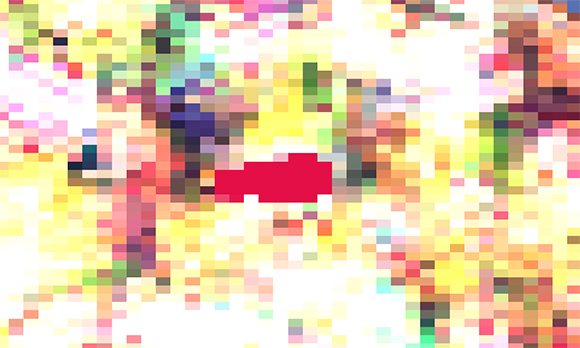
After a quick trip to Twitter I realized that what I was looking for were post processing shaders. I want to be able to adjust an image that I've already drawn for the most part, instead of creating new imagery. A lot of people gave me suggestions (mostly Sven) so here's a quick list of what was found!
There's a handful of post processing shaders here that all look pretty neat, but unfortunately I can only get some of them to work with SFML right off the bat. Others throw errors that I don't yet know how to diagnose. They also have some software you can use to demo the shaders in, which is pretty rad! A couple of them worked right off the bat, like Thermal Vision, Dream Vision, and Pixelation, but the rest I have to mess with to figure out.
It turns out the nVidia site has a bunch of shader examples but unfortunately none of them seem to be in GLSL. The CgFX shaders should be able to compile into GLSL though. I haven't personally tried any of the shaders here, but it seems like a good sampling.

Somewhere a mysterious mediafire folder full of shaders exists. This one was pointed out to me by Loren, and I haven't dug too deeply into this yet. It's a lot easier to browse the sites that have previews of all the shaders, but it looks like there's a lot of cool stuff to be found in the depths of these files.
This book was recommended by Sven, and the fact that it might be also geared toward artists is interesting. This was published in 2004 and I'm not sure how much has changed in the world of shaders since, and I'm also unsure on how much focus there is on post processing vs. other types of shaders in here, but maybe worth a look!
I was also pointed in the direction of this beautiful piece of work which uses shaders to light pixel art in an incredibly good looking way. I haven't checked out the real time demo yet, but just that preview image looks absolutely delicious!
Of course there is this classic post about Photoshop GLSL shaders that I first started looking at in the early days of Snapshot development. I really wanted Photoshop blending modes since I do all of my art in Photoshop anyway. I haven't tried these out in real time yet in SFML, but it looks promising!
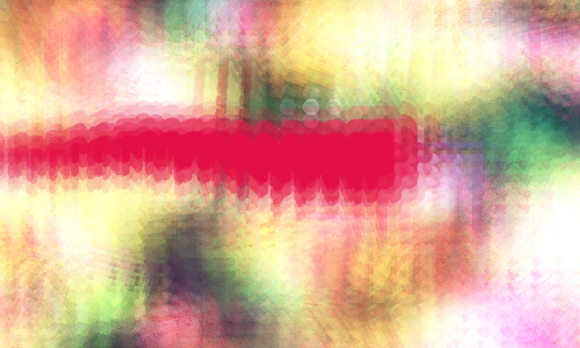
That's all I got so far! I'll see what happens in the coming weeks in shader town. I've had some fun just pixelating and blurring and warping stuff so far. One of my next game projects in C# will be having a lot of special effects (I hope) so I need to become a shader master as soon as possible. If you know of any awesome resources not featured here please let me know!
Oh also here's a pro tip for writing shaders: don't use Visual Studio C#. It seems to be adding funky white space characters that causes the shader compiler in SFML to fail. So on that topic, what is an awesome shader IDE?

After a quick trip to Twitter I realized that what I was looking for were post processing shaders. I want to be able to adjust an image that I've already drawn for the most part, instead of creating new imagery. A lot of people gave me suggestions (mostly Sven) so here's a quick list of what was found!
GeekXLab
There's a handful of post processing shaders here that all look pretty neat, but unfortunately I can only get some of them to work with SFML right off the bat. Others throw errors that I don't yet know how to diagnose. They also have some software you can use to demo the shaders in, which is pretty rad! A couple of them worked right off the bat, like Thermal Vision, Dream Vision, and Pixelation, but the rest I have to mess with to figure out.
nVidia Shader Library
It turns out the nVidia site has a bunch of shader examples but unfortunately none of them seem to be in GLSL. The CgFX shaders should be able to compile into GLSL though. I haven't personally tried any of the shaders here, but it seems like a good sampling.

hunterk GLSL Shaders
Somewhere a mysterious mediafire folder full of shaders exists. This one was pointed out to me by Loren, and I haven't dug too deeply into this yet. It's a lot easier to browse the sites that have previews of all the shaders, but it looks like there's a lot of cool stuff to be found in the depths of these files.
Shaders for Game Programmers and Artists
This book was recommended by Sven, and the fact that it might be also geared toward artists is interesting. This was published in 2004 and I'm not sure how much has changed in the world of shaders since, and I'm also unsure on how much focus there is on post processing vs. other types of shaders in here, but maybe worth a look!
Pixel Art GLSL Shading
I was also pointed in the direction of this beautiful piece of work which uses shaders to light pixel art in an incredibly good looking way. I haven't checked out the real time demo yet, but just that preview image looks absolutely delicious!
Photoshop Blend Mode Math
Of course there is this classic post about Photoshop GLSL shaders that I first started looking at in the early days of Snapshot development. I really wanted Photoshop blending modes since I do all of my art in Photoshop anyway. I haven't tried these out in real time yet in SFML, but it looks promising!

That's all I got so far! I'll see what happens in the coming weeks in shader town. I've had some fun just pixelating and blurring and warping stuff so far. One of my next game projects in C# will be having a lot of special effects (I hope) so I need to become a shader master as soon as possible. If you know of any awesome resources not featured here please let me know!
Oh also here's a pro tip for writing shaders: don't use Visual Studio C#. It seems to be adding funky white space characters that causes the shader compiler in SFML to fail. So on that topic, what is an awesome shader IDE?
1 Comment










